Email Template for Requesting a Letter of Recommendation
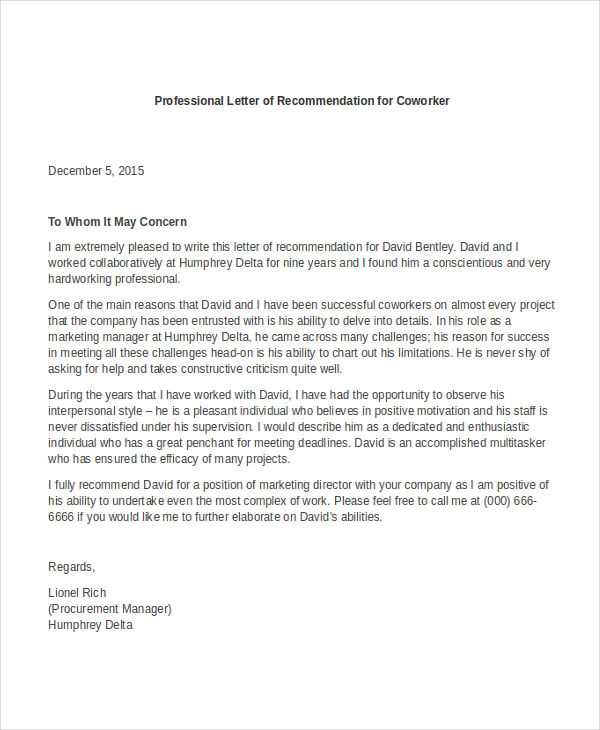
Reaching out to someone for a professional endorsement can be a delicate process. It’s essential to approach the request with the right balance of respect and clarity. Ensuring your message is both polite and precise increases the likelihood of a positive response. By framing your request thoughtfully, you demonstrate professionalism and gratitude, which can leave a lasting impression.
When crafting such a message, it is important to personalize your approach and provide all the necessary details that make it easy for the recipient to understand your needs. Offering context for why you are seeking the support and how it aligns with your goals helps to frame the request effectively. This can make the recipient feel more comfortable and confident in assisting you.
Effective communication is key to securing a favorable outcome. A well-written request shows your respect for the recipient’s time and their role in your professional journey. The following sections will guide you on how to approach this task with confidence and professionalism.
How to Request a Reference Professionally
When reaching out to someone for support with your career or educational pursuits, it’s important to approach the request with professionalism and respect. The tone and structure of your message should convey gratitude while ensuring the purpose is clear. A well-crafted approach shows your consideration for the recipient’s time and effort, which increases the likelihood of receiving a positive response.
Start with a Polite Introduction
Begin by greeting the individual respectfully and briefly explaining why you are contacting them. It’s essential to acknowledge their expertise or position, reinforcing why you value their endorsement. Clarity in your opening helps set the right tone, and expressing gratitude early on establishes a respectful foundation for the conversation.
Provide Necessary Context
Offer a clear and concise explanation of the opportunity you are pursuing, highlighting the reasons why their support would be valuable. This will help them understand how their endorsement aligns with your goals. Including relevant details, such as specific achievements or experiences that make you a strong candidate, can further encourage their willingness to help.
Crafting a Polite and Clear Email
When you need to request a professional endorsement, the tone and structure of your message are crucial. A polite and clear communication style helps to convey respect and professionalism while ensuring your request is easily understood. It’s important to find the right balance between being courteous and direct, ensuring the recipient knows exactly what is needed from them.
Be Direct Yet Respectful
Start by directly stating the purpose of your message while maintaining a respectful tone. Express your appreciation for their time and assistance in advance, and avoid being too casual or overly formal. A clear approach ensures there’s no ambiguity about your intentions, while a respectful manner helps to maintain a professional rapport.
Offer Relevant Details
Provide enough background information to help the recipient understand why you’re reaching out. Mention your qualifications, the opportunity you’re pursuing, and any relevant achievements. This allows them to see how their support can make a difference. Being concise yet informative ensures the message remains engaging and to the point.
Best Practices for Reaching Out
Reaching out for support requires careful planning to ensure your request is well-received. The way you approach the recipient can significantly impact their willingness to help. By following best practices, you can ensure your request is respectful, professional, and clear, making it more likely for you to receive the assistance you need.
Key Strategies to Follow
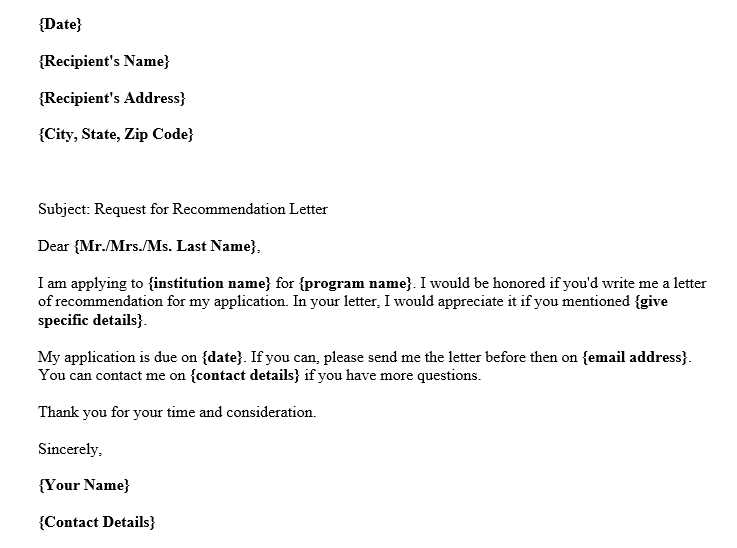
- Choose the Right Time – Make sure you reach out with enough time for the recipient to consider your request and provide a response. Avoid last-minute requests that can put unnecessary pressure on them.
- Personalize the Message – Tailor your message to each individual, highlighting why you are specifically reaching out to them. Mention any relevant experiences or achievements that make their support especially valuable to you.
- Be Clear and Specific – Clearly outline what you are requesting and provide necessary details about your goals or the context of your needs. This helps the recipient understand how they can assist you.
Avoid Common Mistakes
- Don’t Be Vague – Avoid leaving the recipient guessing about what you are asking for. Providing all the necessary information ensures they can make an informed decision.
- Don’t Overwhelm with Information – Keep your message concise and to the point. Including too many details can be overwhelming and may detract from your main request.
- Don’t Assume the Favor – Always be polite and considerate, understanding that the recipient may not be able to fulfill your request.
Personalizing Your Request
Tailoring your request to each individual is essential for making a lasting impression and increasing your chances of receiving the support you need. By making your message feel unique and specific to the person you’re reaching out to, you show that you value their contribution and expertise. Personalization helps to foster a stronger connection, making the recipient more likely to offer their assistance.
Key Elements to Include
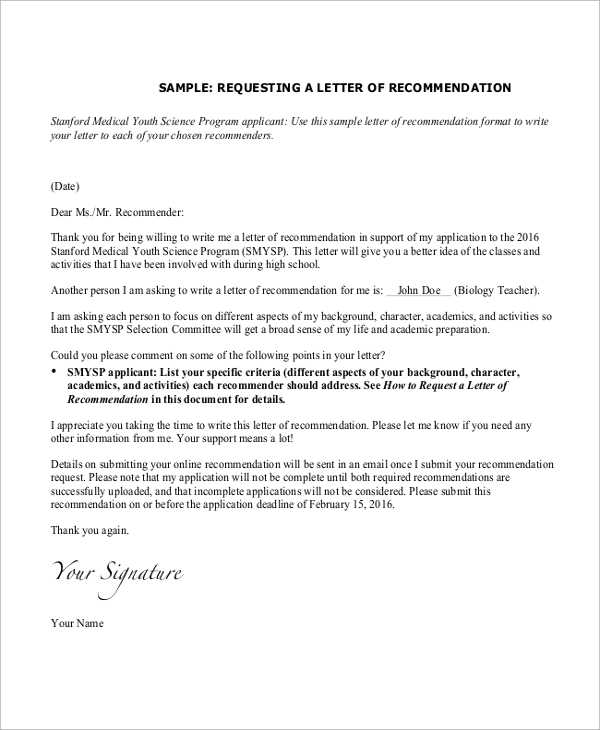
- Address the Recipient by Name – Starting with a personal greeting sets the tone for a respectful and individualized communication.
- Reference Past Interactions – Mention specific experiences or projects where you worked with the individual. This shows you’ve thought about their role and impact on your journey.
- Explain Why You Chose Them – Clearly state why you believe they are the best person to assist you. This can be based on their expertise, experience with you, or position in your field.
Additional Personalization Tips
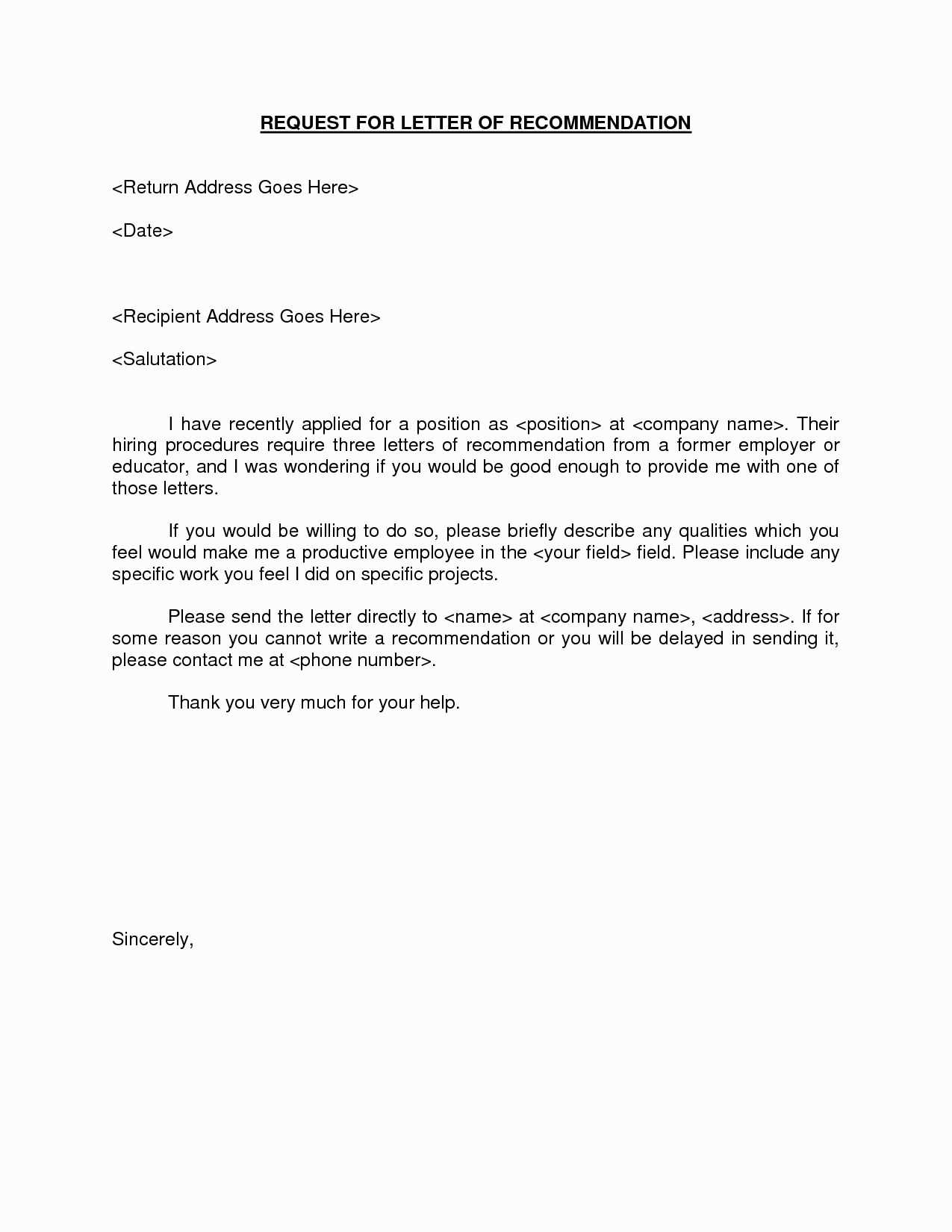
- Highlight Shared Goals – Mention any mutual interests or objectives that align with your request. This helps to strengthen the relevance of your message.
- Use a Warm but Professional Tone – While it’s important to remain formal, a friendly tone can make the message feel more personal and engaging.
What to Include in Your Request
When reaching out to someone for support, it is essential to provide all the necessary details in a clear and concise manner. A well-structured message will help the recipient understand what you’re asking for and why their assistance matters. Including the right information ensures that your request is not only polite but also effective.
Essential Information to Provide
- Clear Purpose – Begin by stating why you are reaching out. Be direct but polite about what you need and how it relates to your goals.
- Relevant Background – Offer a brief overview of your qualifications and the opportunity you’re pursuing. Highlight any key achievements or experiences that make you a strong candidate.
- Timeline – Let the recipient know your timeline for submission or any deadlines you may be working with. This helps them determine if they can assist within the given timeframe.
Additional Considerations
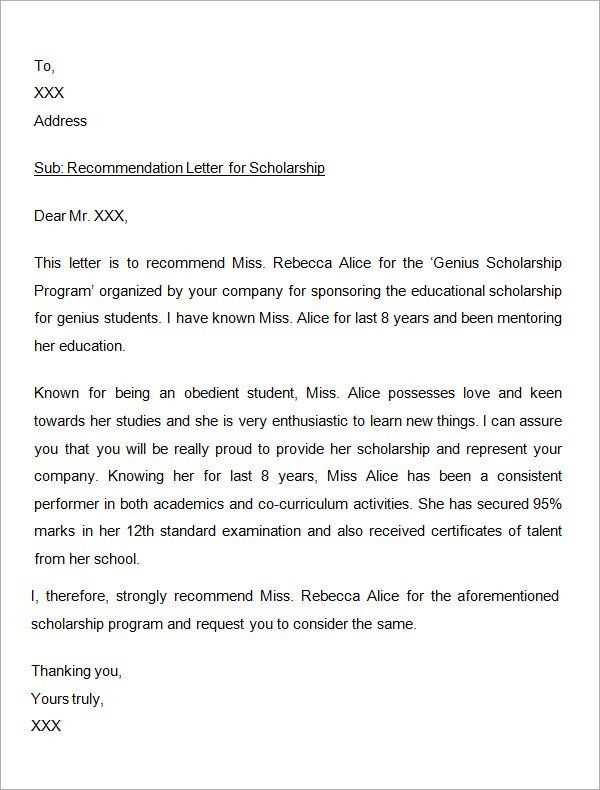
- Express Gratitude – Thank the individual in advance for considering your request. A little appreciation goes a long way in building goodwill.
- Offer Supporting Materials – If applicable, mention any documents or information that can assist them in crafting a thoughtful response. This could include a resume, a list of accomplishments, or any other relevant material.
Follow-Up Tips for Your Request
Following up after making a request is essential to ensure that your message has been received and to offer a gentle reminder if necessary. Timing and tone are crucial when reaching out again. A well-crafted follow-up shows your professionalism and respect for the recipient’s time while keeping the process moving forward.
When and How to Follow Up
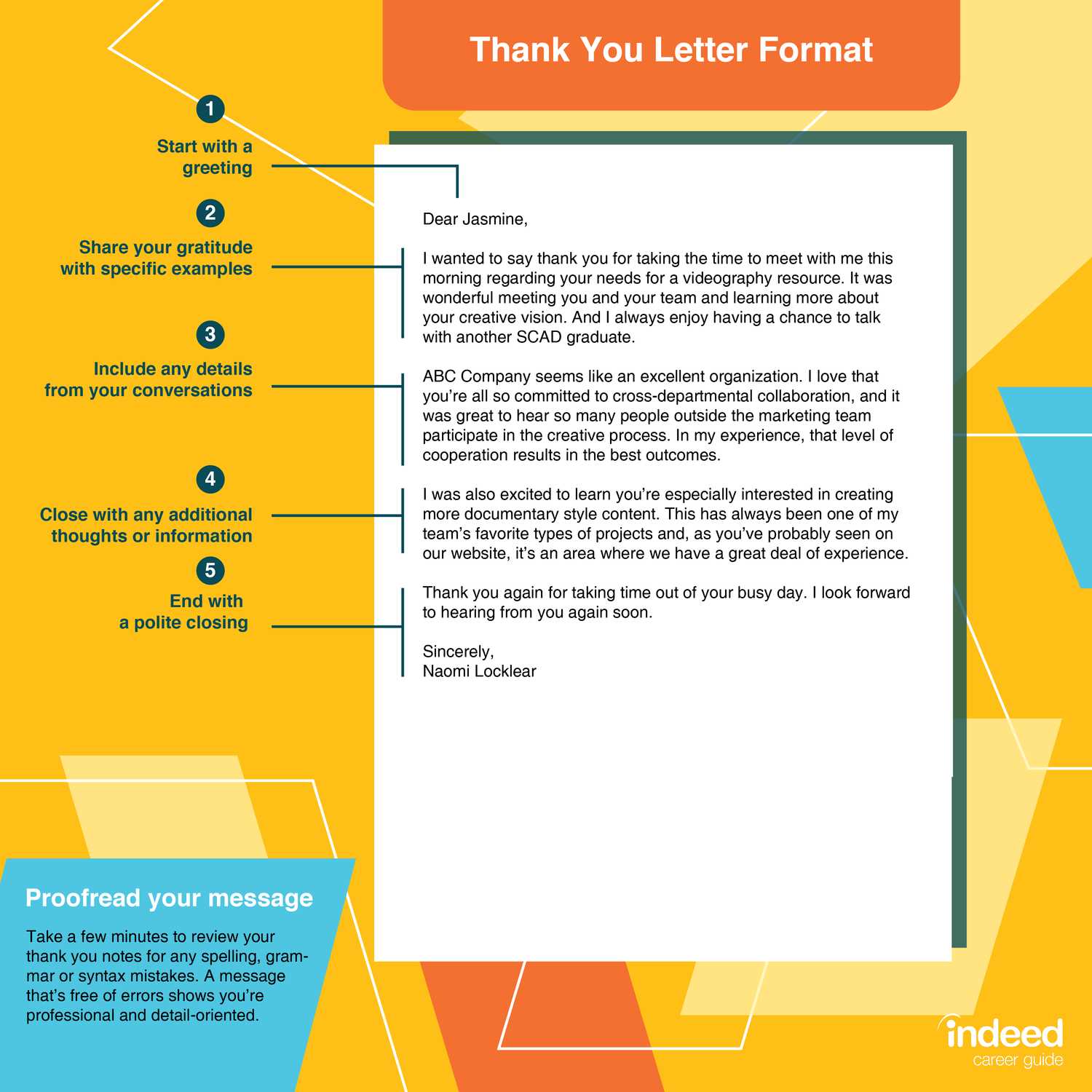
- Wait for a Reasonable Time – Allow the recipient ample time to respond before sending a follow-up. A good rule of thumb is to wait 7-10 days, depending on the urgency of your request.
- Be Courteous – Your follow-up should be polite and respectful. Remember, people have busy schedules, and a friendly reminder is more likely to be well-received.
- Keep It Brief – Avoid over-explaining or reiterating your entire initial request. A short and direct message will make it easier for the recipient to respond quickly.
What to Include in Your Follow-Up
| Component | Details |
|---|---|
| Polite Greeting | Start with a respectful and friendly greeting to remind them of your initial request. |
| Gentle Reminder | Briefly reference your original request and express your understanding of their busy schedule. |
| Express Gratitude | Thank them again for considering your request, whether they have responded or not. |
Common Mistakes to Avoid When Requesting
When reaching out for support, certain errors can undermine your request and negatively affect your chances of getting a positive response. Being aware of common missteps and making conscious efforts to avoid them will ensure your approach is professional and respectful. Understanding the nuances of how to request assistance can significantly increase the likelihood of a favorable outcome.
One of the most frequent mistakes is being vague or unclear in the request. It’s important to state exactly what you need and provide the necessary context, allowing the recipient to understand how they can help. Similarly, neglecting to offer enough time for the person to respond can come across as demanding or inconsiderate. Be sure to give ample time for the request to be properly considered.
Another common mistake is not customizing the request. A generic message can seem impersonal and may not engage the recipient. Tailor your request to reflect your relationship with the individual and the specific situation. Finally, failing to follow up professionally or promptly can lead to misunderstandings or missed opportunities. While patience is key, a polite reminder after a reasonable amount of time is essential.